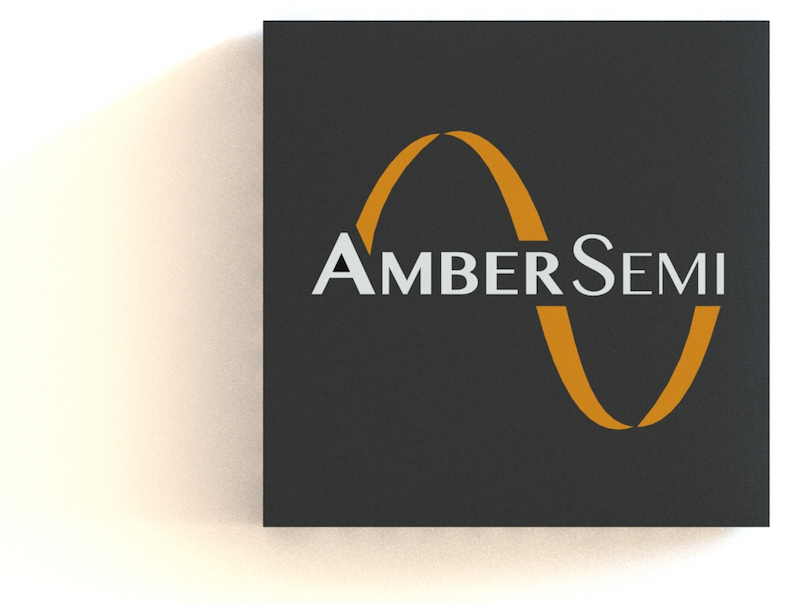Amber Semiconductor Inc. (AmberSemi) has developed the AmberSemi AC Direct Lighting Control Engine, a configurable lighting control engine in a silicon chip IC. This newest advancement of AmberSemi’s silicon-based breakthroughs comes following several successful technology evaluations of this new lighting control engine with top electrical product and semiconductor partners.
Based on tight requirements derived from these partners after their validations, AmberSemi will provide a silicon chipset-based universal lighting control architecture for a wide range of standard and smart dimmer switches on the market today.
Related: Infineon to Commercialize Amber’s Tech for Digital Control of Electricity
The AmberSemi AC Direct Lighting Control Engine utilizes a mix of AmberSemi’s patented core breakthrough technologies: the Amber Programmable AC Switch Controller, the AC Direct DC Enabler (which enables DC extraction from AC mains), and AC Direct Sensing (for continuous awareness of the state of electricity). The integration of these three developments in a silicon chipset solution will deliver a more universally compatible and flexible solution for lighting and dimming, according to the company.
The AmberSemi AC Direct Lighting Control Engine can accommodate virtually any dimmer design aesthetic, hardware, and software features. It can also dim incandescent, halogen, CFL, LED, ELV, and MLV loads. This breadth of advantages makes it a compelling option for lighting product manufacturers — and even semiconductor companies — with myriad tangible benefits to professional installers and end consumers. In addition, the smaller architecture for power management enables more space-efficient form factors and more robust feature enhancement opportunities (without change in product size), such as IoT control, and occupancy/vacancy sensing, and environmental sensing.
“This announcement of our plans to deliver a silicon chip-based lighting control engine is a significant milestone for our business, as it exemplifies AmberSemi’s expansion beyond the discovery of innovations (R&D) to the start of our productization — silicon development based on our partners’ requirements and integration into their end products,” said Thar Casey, founder and CEO of Amber Semiconductor Inc. “The advantages AmberSemi’s patented breakthroughs in power architecture afford the lighting industry — is nothing short of the modernization of this pervasive space to silicon chip power architecture. From universal bulb compatibility to configurability and smaller form factors for easier install and expanded features gives an upgrade to lighting product architecture that will be felt globally.”
“The smart lighting category is growing steadily and has potential for acceleration with solutions that deliver on the core value propositions of convenience, comfort, energy management, and automation,” said Chris White, senior analyst at Parks Associates. “Versatile and flexible technology that brings down costs, eases integration, and makes solutions less expensive to install will help smart lighting reach a wider audience.”
Lighting products that leverage AmberSemi’s AC Direct Lighting Control Engine realize several next level advantages over today’s conventional architecture. These include the following:
- Universal bulb compatibility – Silicon integrated lighting control architecture to dim incandescent, halogen, CFL, LED, ELV, and MLV loads
- Integrated architecture – Enables slimmer, more streamlined light switch products, as well as fuller feature sets, including enhanced sensing and IoT integration.
- Configurability – The embedded software architecture is a native controller that does all the complex, heavy lifting, such as a timing, phase cutting, and DC delivery — all in a silicon chip. It has functionality that can be configured by the lighting manufacturers via microcontroller to create a wide variety of production light switch solutions.
The AmberSemi AC Direct Lighting Control Engine siliconization efforts and end product planning is being finalized with partners in 2022.









